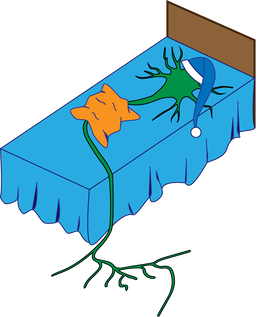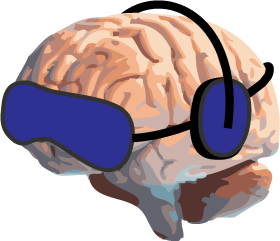How does sleep regulate cortical synapses?
Excitatory and inhibitory synaptic transmission in the cortex is modulated by sleep/wake states. However, sleep (and wake) have the opposite effects on these two types of synaptic transmission. What are the mechanisms driving arousal state-dependent changes in synaptic transmission? What does this do for the brain? We seek to answer these questions, in part because they will shed light on a bigger mystery: why do we sleep?
|
How is the excitation/inhibition ratio in the cortex regulated?
Maintaining an appropriate balance between excitatory and inhibitory synaptic transmission (E/I ratio) is crucial for proper brain function. One prominent theory in the field posits that the E/I ratio is altered in Autism Spectrum Disorder. However, our recent work shows that regulation of the E/I ratio, rather than the E/I ratio itself, is altered in Autism-relevant mouse lines. We aim to discover whether this is a unifying principle across different models, conditions (e.g. stroke), and brain regions, and what mechanisms drive dysregulation.
|
How do neurons maintain firing rate homeostasis?
Neurons in the brain must adapt to maintain optimal firing rates in the face of changing inputs (for example, through loss of sensory input). This can be achieved by modulating synaptic strength. However, the exact mechanisms by which this occurs are a topic of debate. We are interested in studying the homeostatic response of synapses to different kinds of firing rate perturbations to discover the rules governing firing rate homeostasis in vivo.
|




